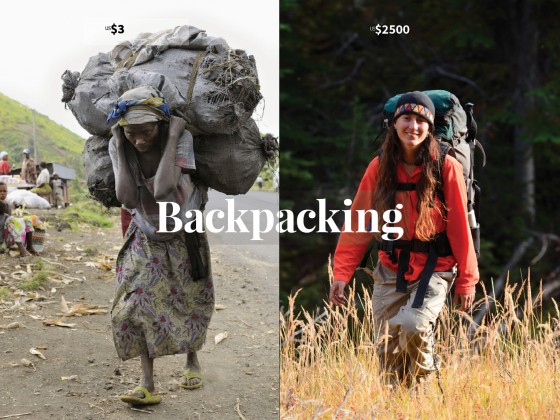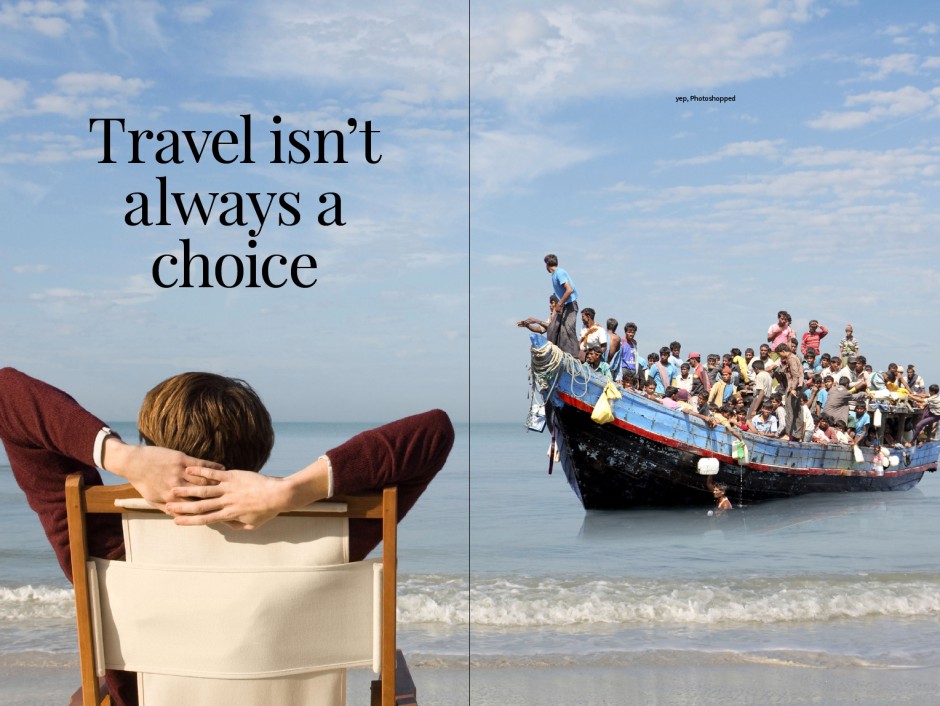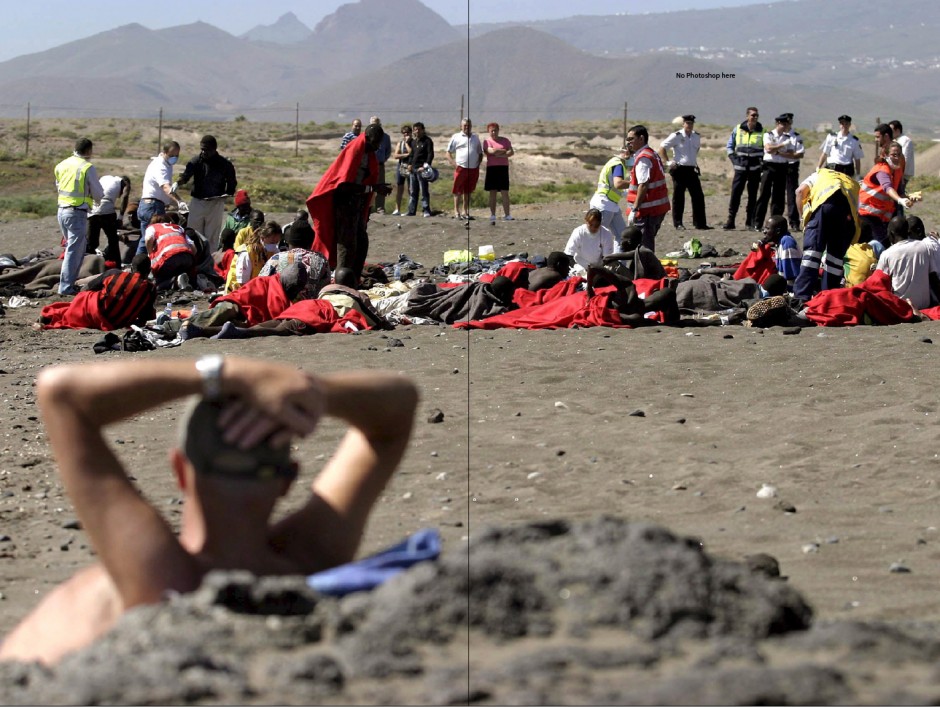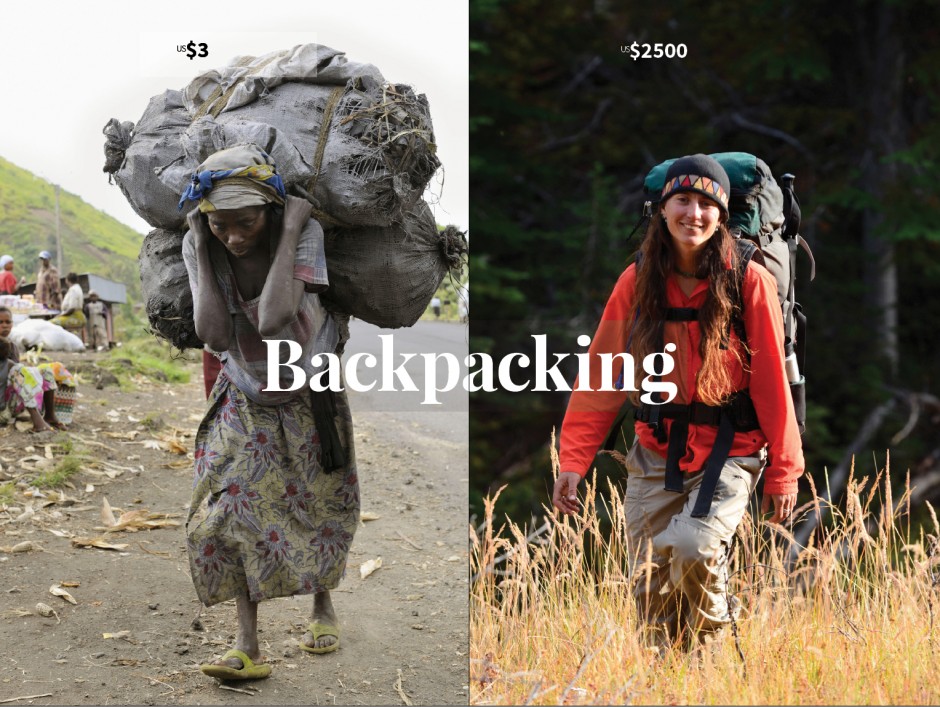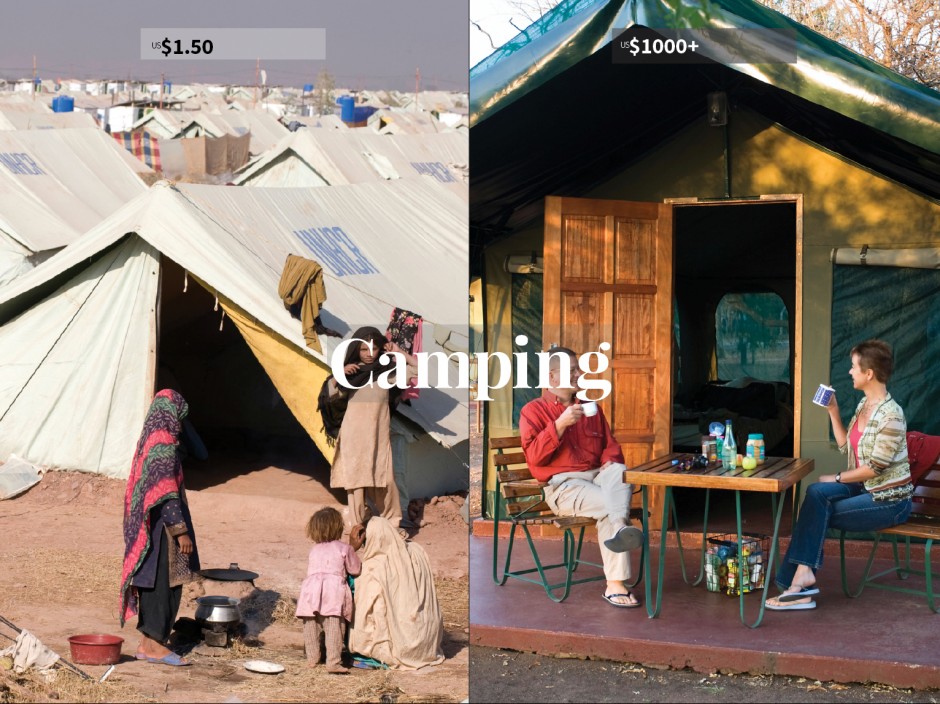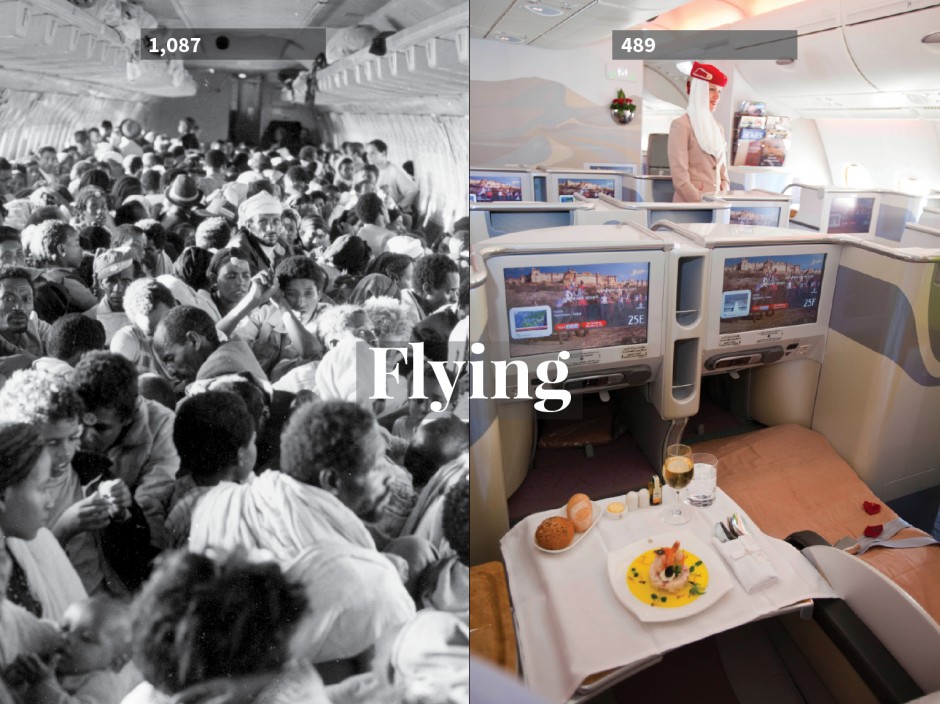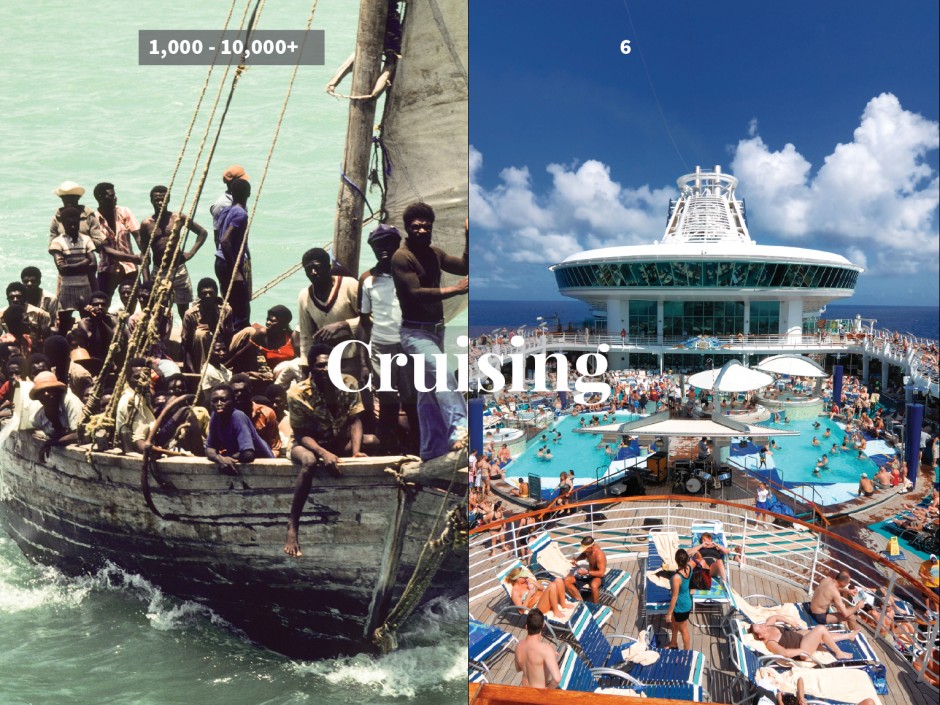FOR THOUSANDS OF YEARS, joining the military has enabled the less fortunate to travel. Now, the less fortunate who travel are often traveling away from militaries. There are currently about 20 million active military personnel worldwide, and the UNHCR reports over 50 million people remained forcibly displaced at the end of 2013.
How does that compare with tourism? If we put them all in one place, it would be the world’s top destination. Perhaps we should take a minute to consider how the world’s millions of refugees view travel. For many of them, it’s the only travel they’ll ever know.
Editor’s note: This is an excerpt from Doug’s recently published Travel: The Guide, available now from Amazon, Google Play Books, and iBookstore.
